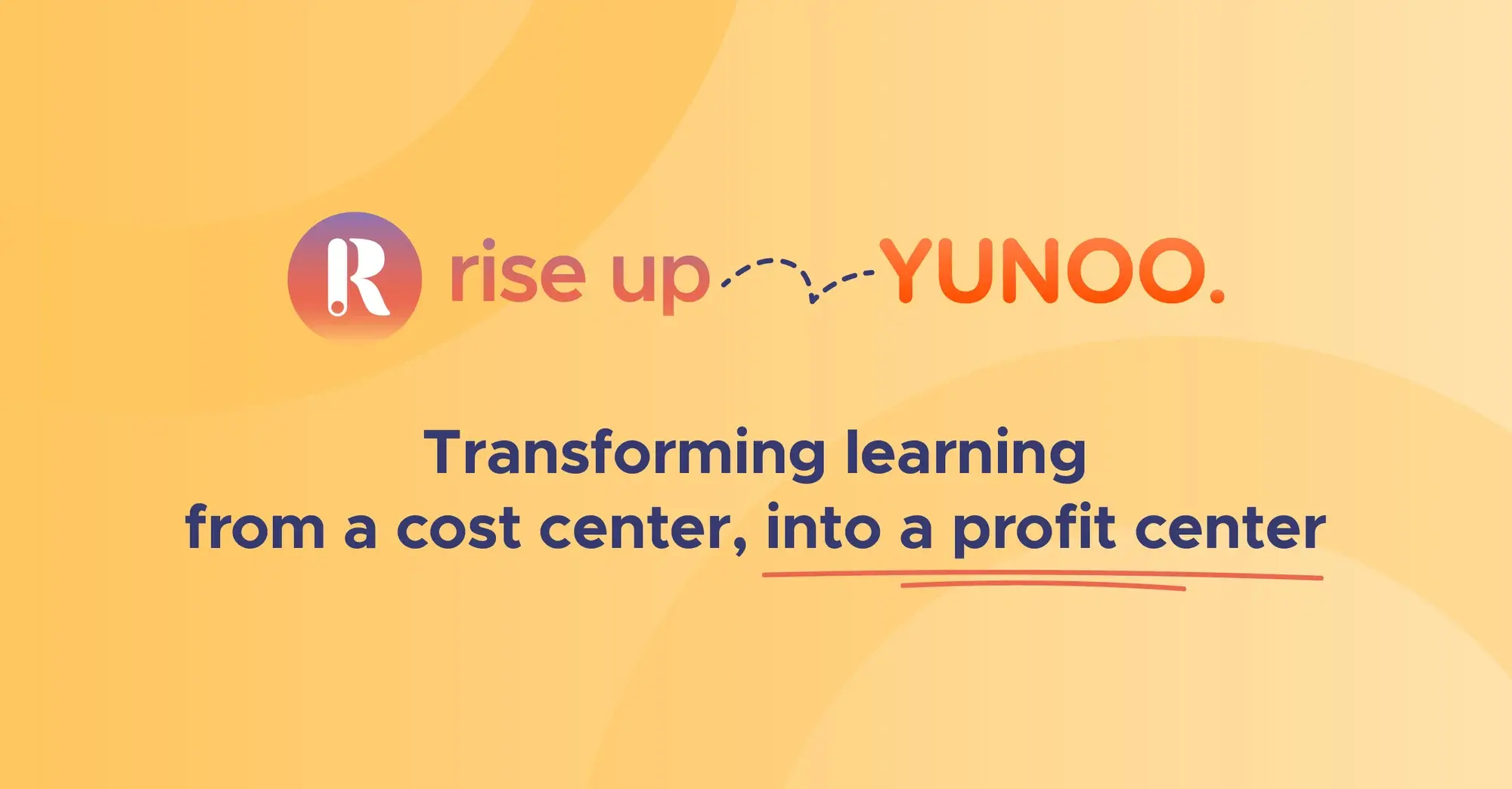Measuring success: Is your L&D offering right for your learners?
4 minutes of reading | 2025-04-29
In a context where rapid skills adaptation has become a strategic lever, professional training can no longer afford to be approximate. Companies are investing heavily in time, tools and human resources to support their employees — but with what return?
The real question is no longer ‘should we train?’, but ‘how can we measure the real impact of training on performance?’
This article explores why and how to effectively evaluate your training programmes, using key indicators such as Time-to-Skill. The goal is to help you transform your L&D programmes into real accelerators of skills and business results.
Why is it essential to measure the effectiveness of corporate training?
Companies invest considerable budget, time and resources in developing the skills of their employees. However, without a rigorous evaluation of their effectiveness, these training programmes risk being inefficient, costly, and therefore useless. An ill-adapted training programme can result in a waste of time and budget, without any real impact on the productivity and performance of employees.
1. Avoiding the waste of resources
Ineffective training does not produce the desired results, which means that its return on investment (ROI) is non-existent. It is therefore essential to ensure that each training programme contributes to the growth and objectives of the company.
2. Align L&D with the company's strategy
An effective training programme must be aligned with the strategic needs of the company. It must first respond to current market challenges, ensuring that the skills developed are in line with business objectives. But it must also anticipate and address future challenges, in an environment where skills are becoming obsolete more and more quickly.
3. Maximise learner engagement
Training is only valuable if it is followed and applied. The involvement of employees is essential to guarantee the effectiveness of training courses. Relevant and engaging content promotes motivation and knowledge retention.

How do you know if your training programme is effective?
The effectiveness of a training programme is not just about its completion rate. A strong completion rate is a first step, but we need to go further by measuring how the skills acquired are put into practice in the daily work of employees. It is crucial to analyse several factors to ensure that learning translates into skills applied in the workplace. But which indicators should be used to measure the effectiveness of training?
1. Time-to-Skill: The key indicator of effectiveness
Time-to-Skill, developed by Rise Up, is one of the most relevant KPIs for evaluating the impact of training. It is not limited to measuring the acquisition of a skill, but covers the entire process: from the identification of needs to the application of skills in the workplace.
This KPI is essential for several reasons:
- It enables skill gaps to be quickly identified and effectively addressed.
- It directly aligns training with business objectives by ensuring that the skills developed are those that are really needed.
- It measures the speed and effectiveness of the training: the shorter the Time-to-Skill, the better the programme performs.
- It facilitates the continuous optimisation of training programmes by analysing data on learners‘ progress.
2. Analysis of feedback and impact on performance
Interpreting learners’ feedback also makes it possible to optimise training by identifying strengths and areas for improvement. Continuous evaluation ensures that content is better adapted to employees' expectations. Training must produce concrete results. Measuring the evolution of employees' performance after training makes it possible to determine its real effectiveness.
How can you optimise your training programme?
1. Improve the relevance of content
Training courses must be personalised to meet the specific needs of employees and teams. Rise Up offers an adaptive learning approach that allows content to be adjusted according to the level and progress of learners.
2. Encouraging engagement
The adoption of interactive methods such as gamification, real-life training and immersive formats stimulates learner engagement and promotes better knowledge retention.
3. Monitoring and continuous adaptation
The analysis of learning data allows for continuous adjustment of training programmes. Thanks to its advanced LMS platform, Rise Up facilitates the interpretation of performance and the optimisation of content for maximum impact. The integration of adaptive learning and LIFOW tools allows for individualised pathways and a contextualised and effective learning experience.
Measure your impact to improve the effectiveness of your training and your ROI
Evaluating the effectiveness of your training programme is essential to guarantee its effectiveness, but also its real impact on the performance of your company. By using indicators such as Time-to-Skill, completion rate and learner feedback, you can refine your training and maximise your return on investment.
Thanks to Rise Up, you can benefit from high-performance solutions to measure and optimise your training in real time, aligning learning with the strategic objectives of your organisation.
CTA - Download our white paper on the ROI of training
.png?width=1192&height=623&name=Blog%20CTA%20Block%20(1).png)




